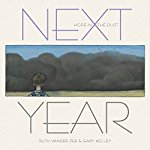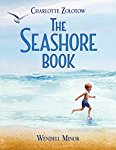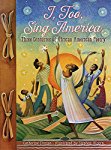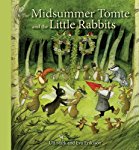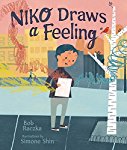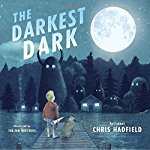Today's poetry title is a real treat. I have never encountered a tale quite like it, and am delighted to share it with you. The narrative is told using a series of haiku, which just happens to be a poetry form that I really love. In the tale we meet a young girl who goes on a voyage of zoological discovery with some friends. Together they see and experience all kinds of wonderful things.
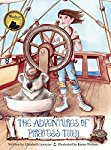 The Adventures of Piratess Tilly
The Adventures of Piratess Tilly
 The Adventures of Piratess Tilly
The Adventures of Piratess Tilly
Elizabeth Lorayne
Illustrated by Karen Watson
Poetry Picture Book
For ages 5 to 7
White Wave Press. 2017, 978-0-9979098-4-5
Piratess Tilly has formed a family of sorts, and together
they sail “the high seas” seeking out knowledge about the natural world. With
her are seven boys who hail from seven countries, and then there is Yuki, a
koala that she rescued from Australia. Inspired by the work of Charles Darwin
and Beatrix Potter, the young naturalists set out on a voyage of discovery
using an heirloom compass and nautical charts.
Up goes the
mainsail and with Tilly at the helm and Yuki and his map beside her, the crew
of the Foster set sail for the Galapagos
Islands. Many days travel lie ahead of them and Tilly takes the time to do
research and create sketches.
Finally land is
sighted! Humpback whales breach in the ocean and Blue-footed boobies fly
overhead, their “beaks full of fish.” The adventurers see marine iguanas and
sea lions, and happily study sea life in the blue waters of the ocean. Then
Yuki sees something that upsets them all. Pirates are stealing baby giant
tortoises! The friends decide that they have to rescue the little reptiles before
it is too late.
In this
delightful picture book, gorgeous illustrations are paired with carefully
crafted haiku to take young readers on an adventure during which they meet avid
young naturalists who travel the world. At the back of the book young readers
are provided with biographies of Charles Darwin and Beatrix Potter, naturalists
who celebrated the natural world through their writings and artwork.
